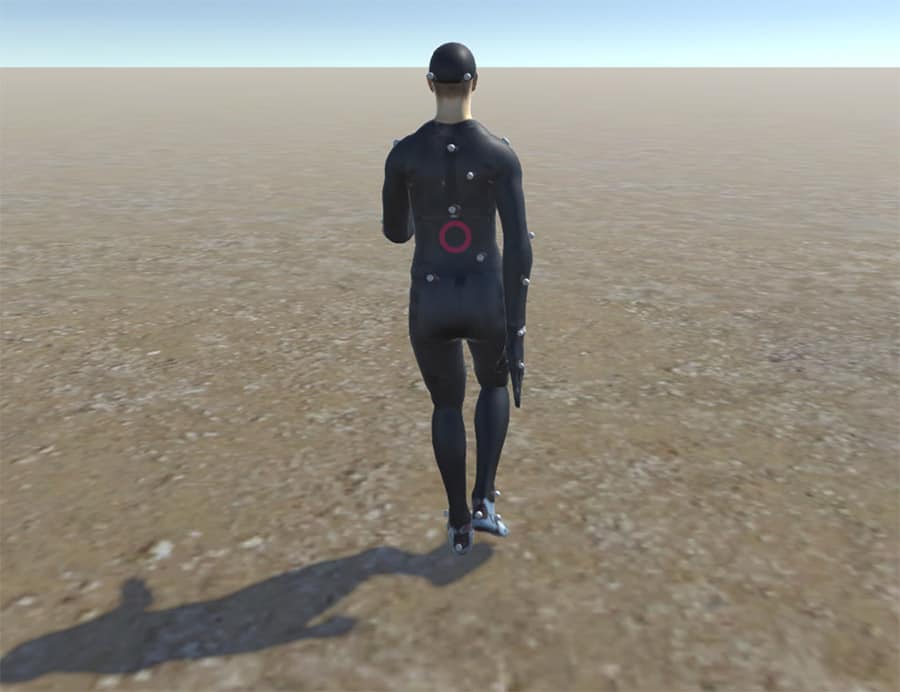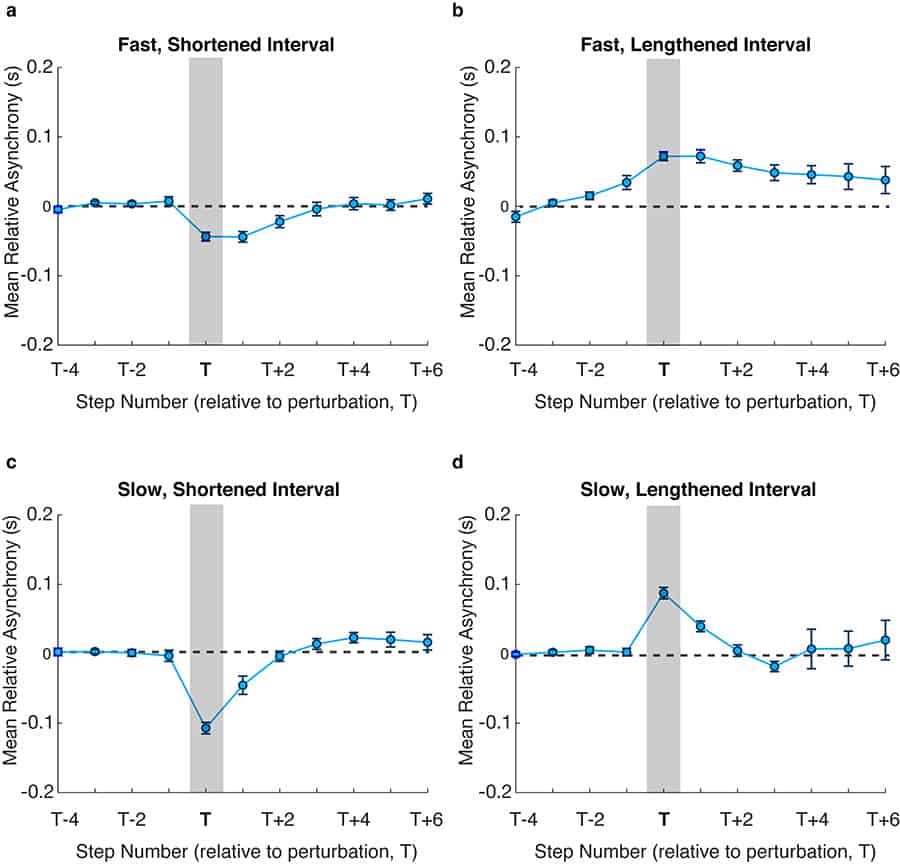VR could help patients better complete physiotherapy exercises at home, new study shows

Researchers at WMG, University of Warwick, have combined virtual reality (VR) technology with 3D motion capture to help physiotherapy patients complete their exercises at home successfully.
Currently, once patients have been seen by a physiotherapist in a clinic, they are then prescribed different physiotherapy exercises to complete regularly at home. However, outside of a clinical setting, patients often don’t receive any guidance other than a leaflet of sketches or static photographs to instruct them how to complete their exercises, says the University.
This can lead to poor adherence, with patients feeling unsure whether they are doing the exercises correctly or becoming bored by the repetitiveness of movements.
Consumer VR technology combined with 3D motion capture allows real movements to be accurately translated onto an avatar that can be viewed in a virtual environment.
Now, researchers at the Institute of Digital Healthcare, WMG, University of Warwick, have investigated whether this technology can be used to provide guidance to physiotherapy patients by providing a virtual physiotherapist in the home to demonstrate the prescribed exercises.
Published in the journal PLOS ONE, the study – ‘Timing and correction of stepping movements with a virtual reality avatar’ – explores whether people were able to accurately coordinate and follow the movements of an avatar in a virtual environment. Researchers asked participants to step in time with an avatar viewed through a VR headset.
Unknown to the participants, the researchers subtly slowed down or sped up one of the avatar’s steps, such that the participants would have to correct their own stepping movement to stay in time. The effect this correction had on their step timing and synchronisation with the avatar was measured.
Lead Author Omar Khan, from WMG, University of Warwick, commented: “If participants were observed to correct their own stepping to stay in time with the avatar, we knew they were able to accurately follow the movements they were observing.
“We found that participants struggled to keep in time if only visual information was present. However, when we added realistic footstep sounds in addition to the visual information, the more realistic multisensory information allowed participants to accurately follow the avatar.”
Key findings from the university’s study:
Dr Mark Elliott, Principal Investigator on the project at WMG, University of Warwick, added: “There is huge potential for consumer VR technologies to be used for both providing guidance to physiotherapy exercises, but also to make the exercises more interesting. This study has focused on the crucial question of how well people can follow a virtual guide.”
To read the full study, visit: https://journals.plos.org/plosone/article?id=10.1371/journal.pone.0229641


